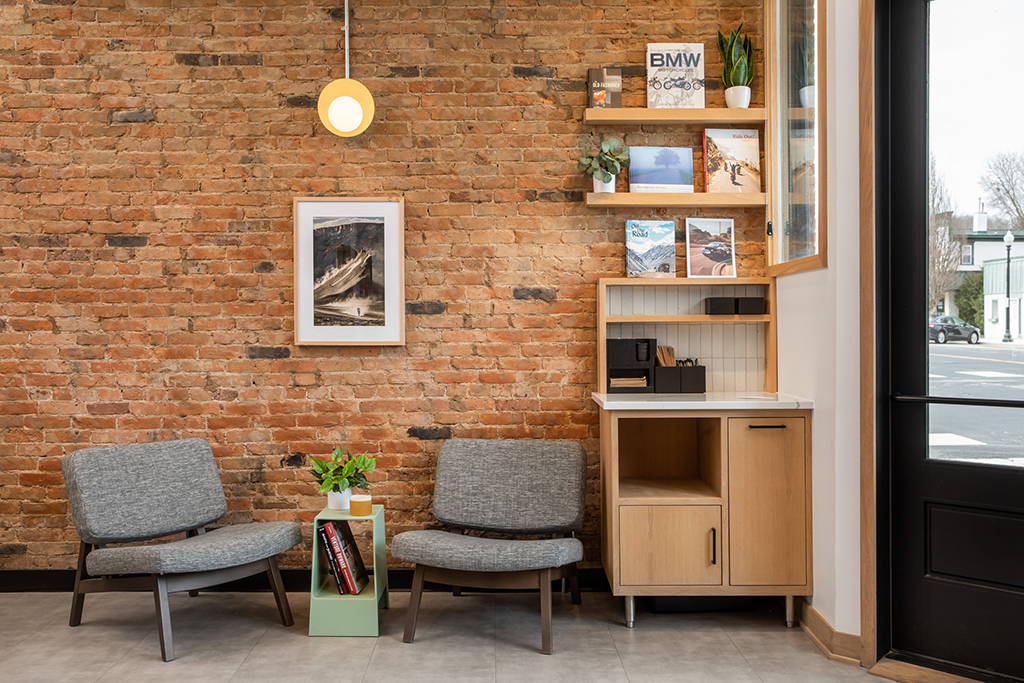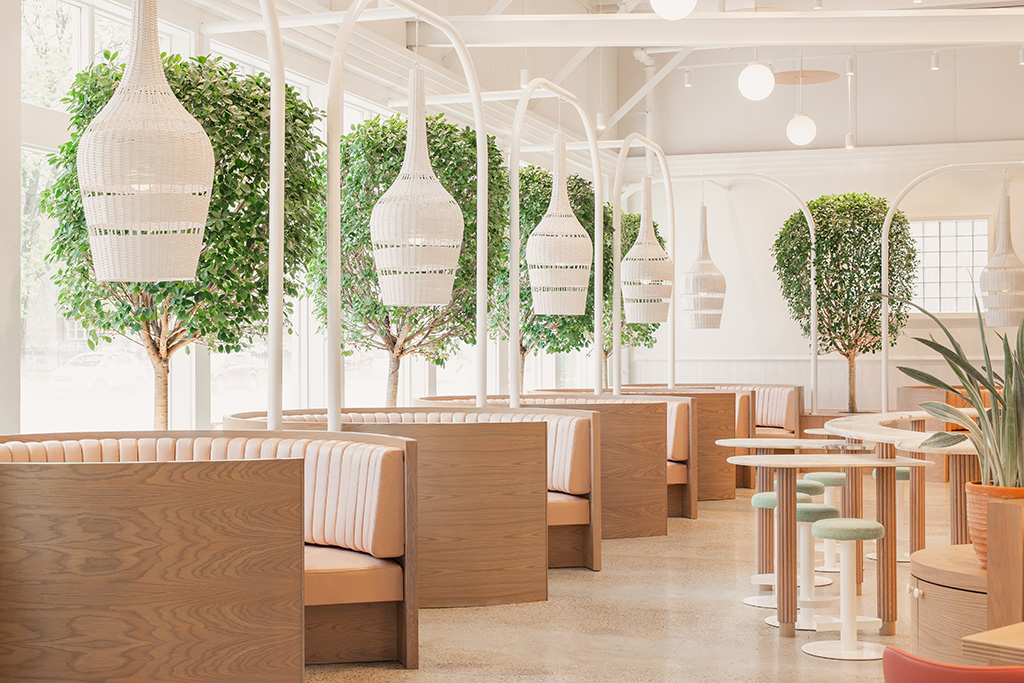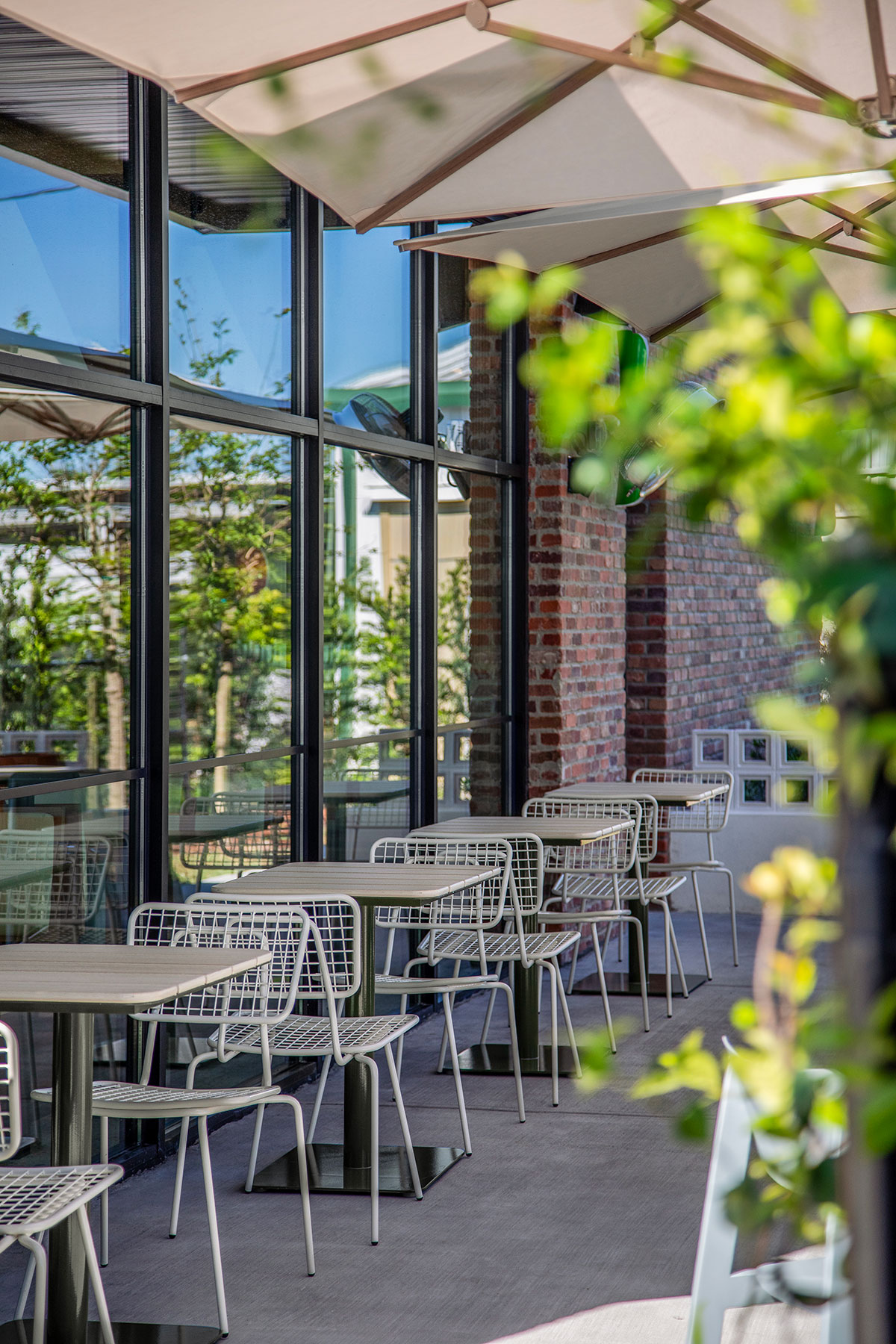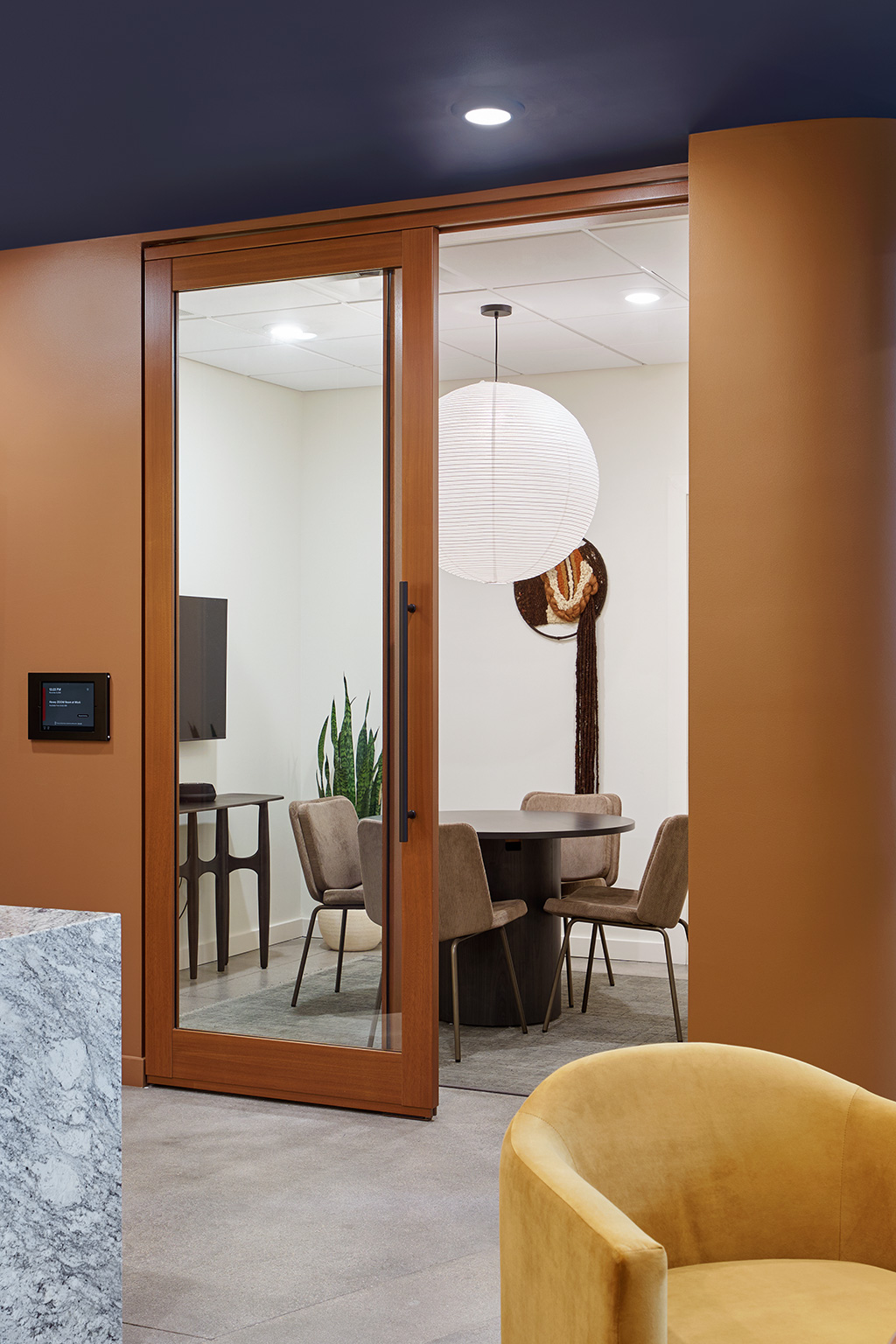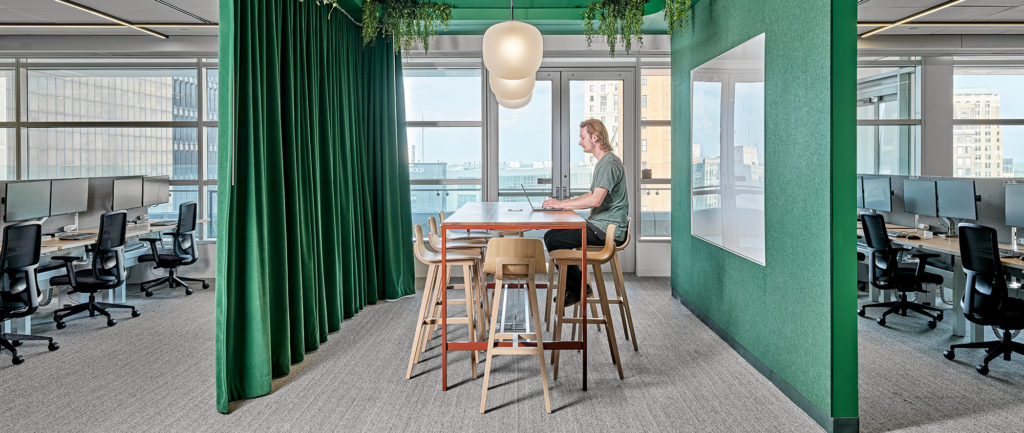Hospitality-Inspired Design: A New Approach to Wellbeing
Spaces designed for connection have a special magic — they bring people together and make us feel good. Hospitality-inspired spaces excel at this, enhancing how we interact and improving our wellbeing.
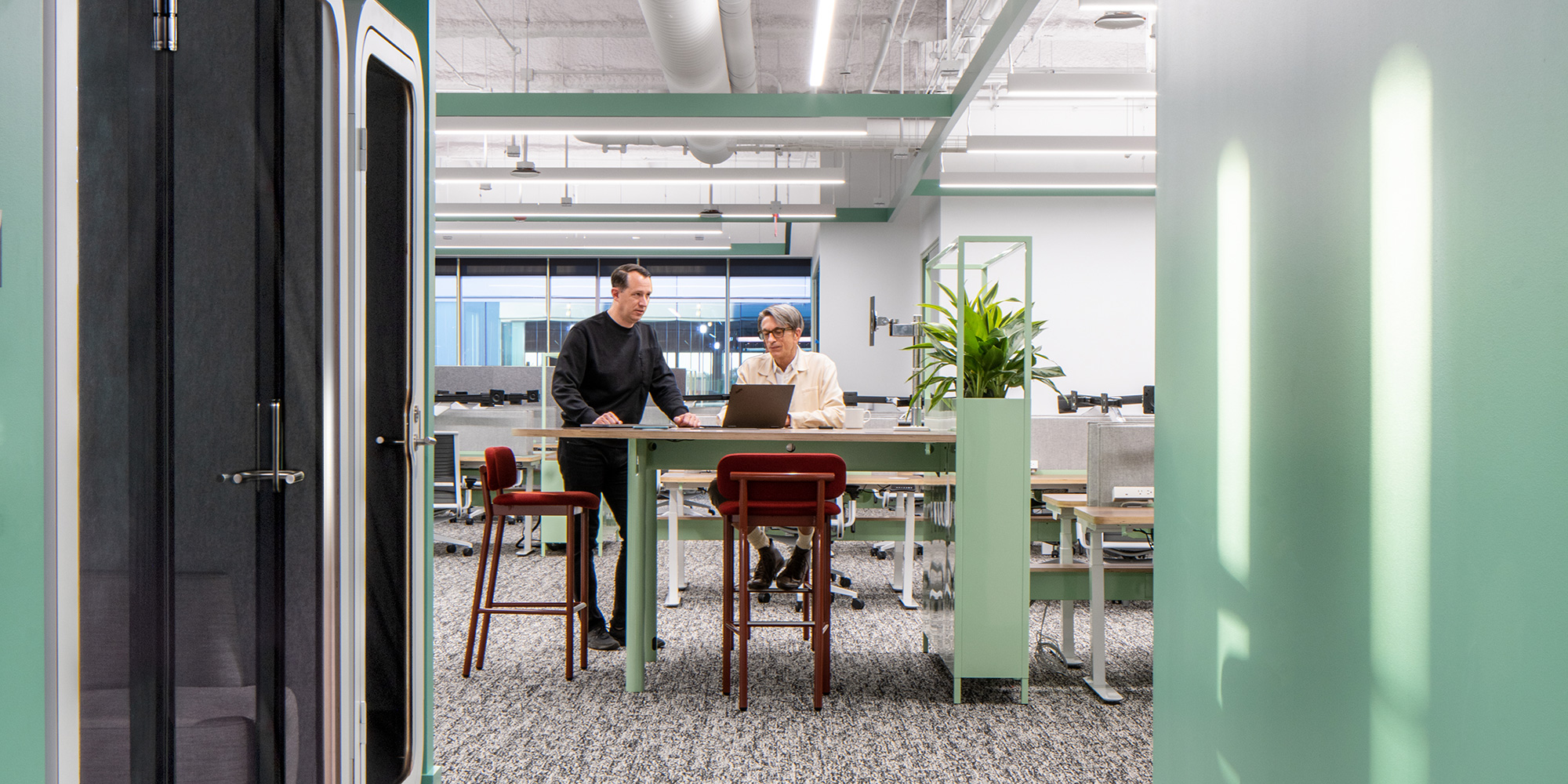
As we settle into this new post-pandemic world, it's clear that how we feel about the spaces we spend time in has totally shifted. We got comfortable at home, and now, being back in communal spaces can feel... different. But there’s something magic about spaces designed for connection — places that don’t just pull people together but make us feel good. That's where hospitality-inspired spaces shine. They're built to elevate how we interact with others while boosting our well-being along the way.
Spaces that Feel Like Home — But Better
We've shifted away from rigid office setups and impersonal designs. People crave cozy, inviting spaces that feel more personal — somewhere you can work, relax, or reconnect. Think about your favorite café or hotel lobby. They’re stylish, comfy, and make you want to linger. Now, more and more shared spaces are taking cues from hospitality-inspired environments. It's not about being somewhere because you have to — it’s about wanting to be there.
A great example of this is the Rock Ventures HQ, designed by Pophouse. They’ve transformed every inch of their downtown Detroit location into a flexible space that fosters a sense of belonging and unity. From quiet nooks for focused work to lively social hubs like the kitchen, each area is designed to serve different needs, making the whole environment versatile and fostering a sense of unity.
These new spaces aim to offer choice. Maybe you need a quiet corner to focus — or an open lounge to catch up with friends or make a new connection. Whatever your need, the goal is to create a space that makes you feel at ease, where connection happens naturally.
COVID and the Connection Crash
We’ve all felt how much our surroundings can impact our mood. Even before the pandemic, loneliness was a real issue for many people. In 2018, the Surgeon General found that more than 1 in 5 people felt regularly lonely or isolated. Then the pandemic hit — and things only got worse. Lockdown life left people stuck at home, cut off from real-life interactions.
Fast forward to 2020: reports show 66% of adults and 75% of young adults felt isolated. And it wasn’t just a “down in the dumps” kind of thing.
The World Health Organization linked this loneliness to bigger issues — like a 50% higher risk of dementia and 25% higher chance of early death.
But here’s the good news: well-designed spaces can help us reconnect with others and improve both our mental health and overall wellbeing.
Designing for Wellbeing
It’s not just about bringing people together; it’s about creating spaces that genuinely make us feel better. Humans are wired for connection, and when we connect, the benefits are huge. According to the CDC, regular social interaction drops stress, lifts our mood, and even improves heart health. So when spaces are designed to encourage these connections, they’re helping us in more ways than we realize.
Take a look at the trend turned integral: biophilic design. At its core, biophilia is about weaving nature into our everyday spaces. This could be as direct as adding plants, maximizing natural light, or improving the flow of fresh air, but it can also be more subtle—like using nature-inspired color palette or incorporating natural materials like solid wood, stone, or wool to create a grounding, organic atmosphere. Solid wood, in particular, brings warmth and a tactile connection to the natural world, enhancing both the aesthetic and the experience of a space.
Grand Rapids Chair's solid wood tabletops are a perfect example—crafted to bring a natural, earthy feeling that resonates deeply in any setting. These materials don’t just look good; they evoke a sense of calm and wellbeing, reminding us of nature’s presence even indoors.
According to The Washington Post, studies show that being around greenery reduces stress, lifts your mood, and boots creativity… and fast! Sometimes in as little as 5-20 minutes.
And fresh air? Whether it’s from an open window or an outdoor patio, it clears mental fog and brings energy. Nature holds incredible power. Spaces packed with plants or connected to the outdoors bring a sense of calm. Even a well-placed window with a spectacular view can make you feel more relaxed and refreshed. It’s not just tossing a few plants around — it’s about crafting an environment that boosts your cognitive, emotional and physical health. When you combine social spaces with nature, the result is a space where people thrive. We’re not just talking about a place to hang out — we’re talking about a space that invigorates the mind and body.
Spaces for Everyone — No Exceptions
The best part? These spaces are built for everyone. They’re flexible and welcoming by catering to different people’s needs. Maybe you want a quiet, focused spot today. Tomorrow, maybe you’re in the mood for a lively, social space where you can reconnect. These designs let you choose how you want to engage with your surroundings.
Inclusivity is also key. Designers are paying close attention to how different people experience spaces, especially those who are neurodivergent. With a mix of seating options, sensory-friendly areas, and even thoughtful acoustics, these spaces make sure everyone feels comfortable and in control, allowing them to build human connection in a way that works for them. Quiet zones with sound-absorbing materials or soft furniture can help reduce noise and create a calming environment for anyone who needs it.
A New Era of Design on the Horizon
The move towards hospitality-inspired spaces is more than just a design trend — it’s a whole new way of thinking about how we connect with each other and the places we spend time in. It’s about creating environments that feel welcoming, where people can come together in meaningful ways and take care of their mental well-being in the process. These spaces give us more than just a place to work or socialize; they offer a sense of community and connection, which is something we all need now more than ever.
As we continue to adapt to new ways of living and working, it’s clear that these types of spaces aren’t going anywhere. They’ll be key in shaping how we interact with each other and how we prioritize our own mental health moving forward.

